QuestionI have just rescued a husky from the lost dogs home, she is 2 and has a
wonderful nature. I have a my other husky since a pup. I am having trouble
getting them to like each other! I have walked them together and seems they are
okay they have had a few snaps at each other. what do you recommend to help
them get to know each other? Or should i just let them go and get it out of there
system? I'm worried one could get hurt!
AnswerAny dog interaction is tough to read unless you are well versed in canine language (which includes angle of head, positions of ears, tail, overall posture, focus of eyes, etc.). Generally the best advice is to have the dogs meet on neutral ground and become introduced to each other while both on leads. This casual meeting usually is the best way to introduce two dogs; however it sounds like you have already moved past this point.
The best method from here is to seperate them when you can't watch, and try to shift the focus from interacting with each other to interacting with you. While you have to be careful about this, the best way that I've found is to try something simple like having the dogs sit and give them both a treat. The reason I say that you must be careful about this is that you don't want the dogs to begin fighting over the treats, so they have to be bite size. But generally, this is a good way to begin their interaction with each other where you are their focus.
One thing that should happen is that one dog will become dominant over the other - and this is normal. You will want to respect whoever naturally falls into the dominant role whether that is your first dog or the rescue. This dog should be greeted, petted, and fed first.
Once you seem to have some comfort level with their interaction with you (which may take several days, or might just be a few minutes), the next step is to allow them to figure each other out. Honestly, I've noticed that two dogs, off-lead and only under a watchful eye outside seem to do better in relating to each other.
There are two important things to understand about this interaction. First - dogs will fight, and it's ok. Minor injuries resulting from these scuffles are normal, and usually short-lived. Sibes were bred as pack animals and do have some desire to be around other canines. There is a struggle to understand their position in the pack, but oftentimes, after that is initially established things are fine. So letting the dogs have a little scuffle is healthy. As a leader - your job is to protect the dogs. This is where reading dog body language is important. If neither dog is really submitting, and they keep wrestling, it's ok. When one dog clearly cowers back and submits, there is no reason for the dominant dog to continue any attack. In these cases, seperating the two is in order.
Now for the most difficult part if you haven't been exposed to a lot of canine interaction. Siberians play hard. Many times new owners of Sibes will think their dogs are engaged in the beginnings of World War III, when in fact, it's just play. Snarling, growling, biting, teeth baring, lip curling, screaming, chasing, tackling are all a part of Siberian good time. Sibes do play hard, so be aware that you might be witnessing that. The difference between play and fighting is a fine line and one that takes some time to realize the difference.
One thing that might help as well is getting a dog trainer to watch their interactions - they might be a little better at watching and understanding what is going on since it is very difficult to explain in writing what each posture is and what it might mean. However, a good dog trainer will understand these positions and being able to point them out to you.

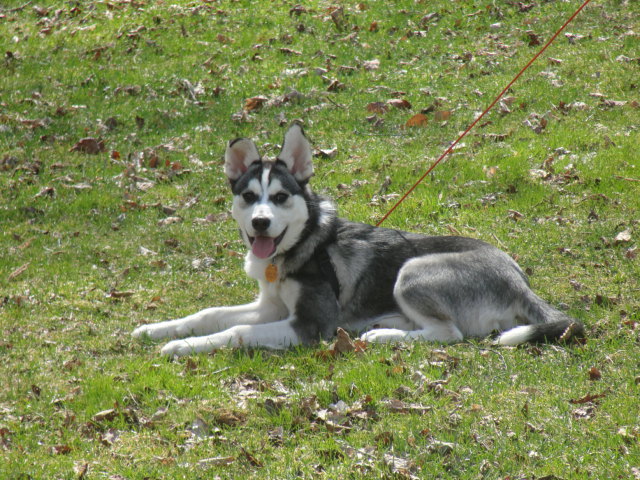 My 4 mo. old puppy
Question
Arkkan 4mo.old
I recently brought home my Sibe
My 4 mo. old puppy
Question
Arkkan 4mo.old
I recently brought home my Sibe
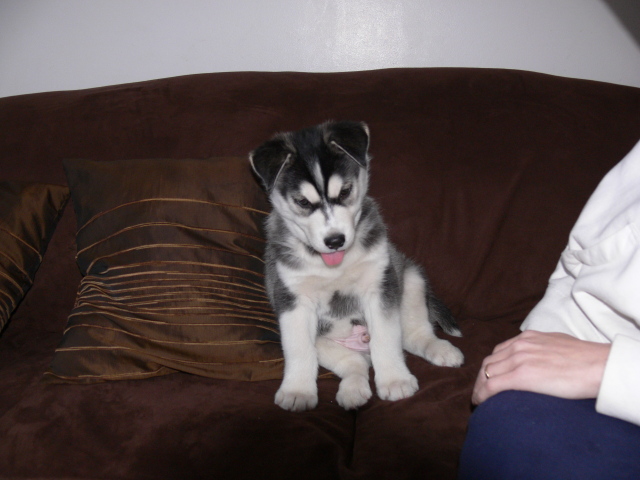 Husky Puppy Weight
Question
Zeus The Puppy
Hi we got Zeus at 6 1/2 weeks o
Husky Puppy Weight
Question
Zeus The Puppy
Hi we got Zeus at 6 1/2 weeks o
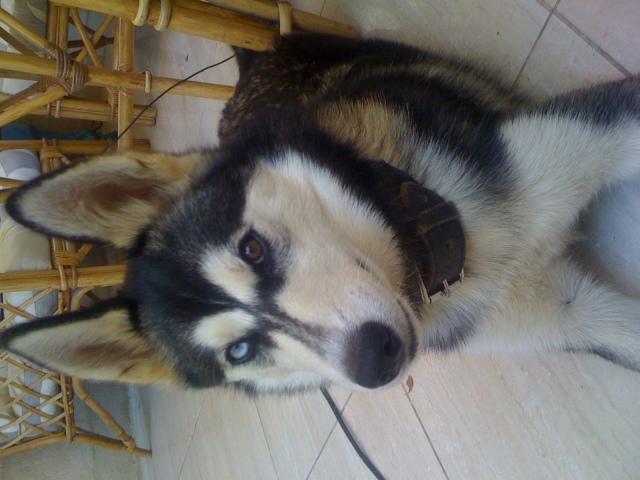 coming when called
QuestionQUESTION: hi, i have a female husky that is app
coming when called
QuestionQUESTION: hi, i have a female husky that is app
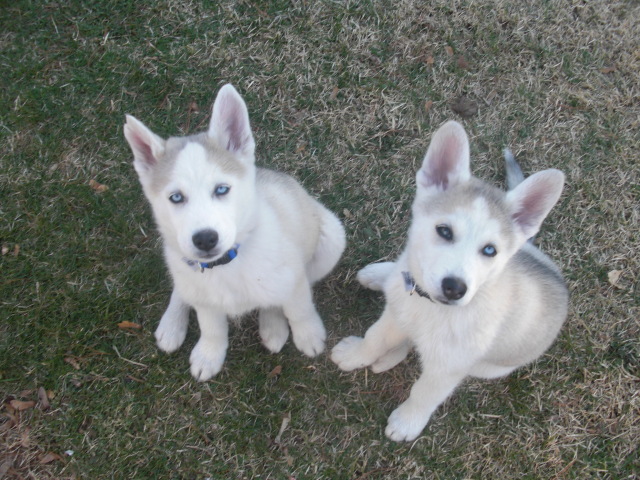 2 12 week old Husky brothers play/fighting
QuestionJasper & Sigmund
QUESTION: Two weeks
2 12 week old Husky brothers play/fighting
QuestionJasper & Sigmund
QUESTION: Two weeks
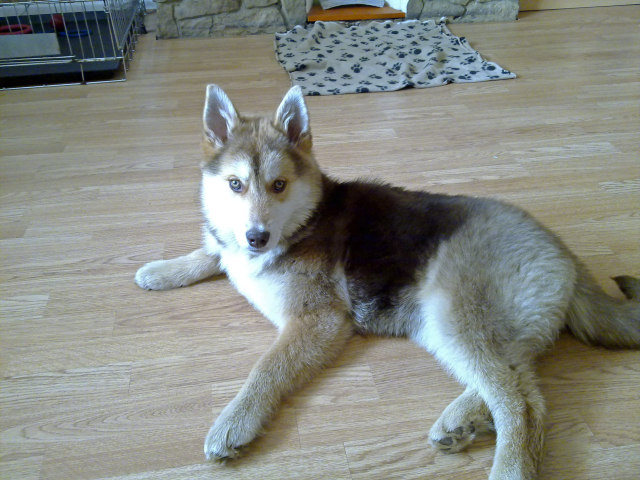 my husky colour
Question
mecca
hi i have recently got my husky mecca. s
my husky colour
Question
mecca
hi i have recently got my husky mecca. s